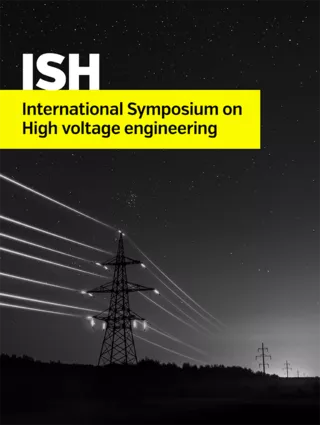Summary
Insulating oils are widely used in electrical system equipment. The fact that they are liquid dielectrics implies in larger values of dielectric strength and refrigeration capability when compared to gaseous dielectrics. Dielectric strength of oils and other commercial liquid dielectrics employed in electrical equipment is of the order of hundreds of kV/cm. Dielectric breakdown in conventional liquids is explained by the presence of moisture, solid particles in suspension, besides gases, dissolved and bubble-shaped. Several theories have been proposed to explain the dielectric behavior of liquid insulation, which consider the existence of dielectrophoretic forces, i.e., forces acting as result of different permittivity value between particles in suspension and the medium. Due to the action of electrical forces, impurities are moved. The influence of that movement on the dielectric strength of insulating oils is the objective of this research. In order to accomplish the studies, one of the chosen geometries was a set used in tests of dielectric strength of insulating oils according IEC 60156. The effects of the impurities movement were analysed employing computer simulations. For the simulations, the software COMSOL Multiphysics was used, which makes use of the Finite Element Method to solve physical problems. The electrostatic forces acting on a particle were evaluated for different values of the immersed particle permittivity. Subsequently, an arrow plot of the force imposed on a bubble located in different positions in the tank was obtained, in order to analyse potential pathways to which bubbles or dissolved particles are submitted. The vector graph allowed to predict the regions susceptible to the formation of bridges between electrodes, with consequent intensification of the electric field and the beginning of the process of rupture. Finally, deformation of a bubble due the electrical field action was analysed. The evaluation of the voltage drop in the bubble with different values of applied voltage allowed to define a critical value of voltage for which the electrical strength of the gas is exceeded, with consequent dielectric breakdown. The results indicate the feasibility of the use of computational simulations conjointly with theoretical and empirical expressions already known as an analysis tool of rupture in insulating oil. The proposed methodology can be used to conduct studies based on the geometry of the electrodes and the number and properties of dissolved bubbles or suspended particles. Therefore, studies of the disruptive characteristic of the liquid dielectric can be carried out from an estimate of the number and nature of suspended particles present.
Additional informations
| Publication type | ISH Collection |
|---|---|
| Reference | ISH2017_394 |
| Publication year | |
| Publisher | ISH |
| File size | 725 KB |
| Pages number | 6 |
| Price for non member | Free |
| Price for member | Free |
Authors
VATERRODT, SAHRA, LEHOUIDJ



